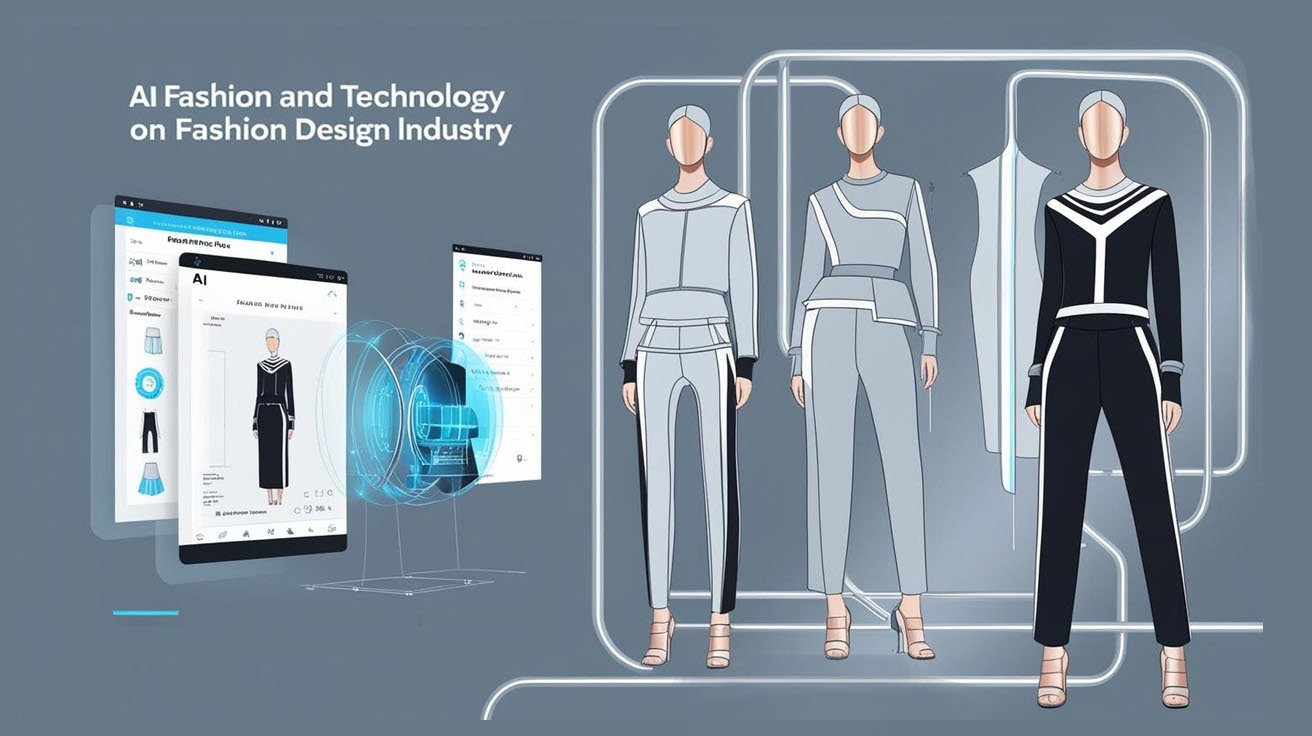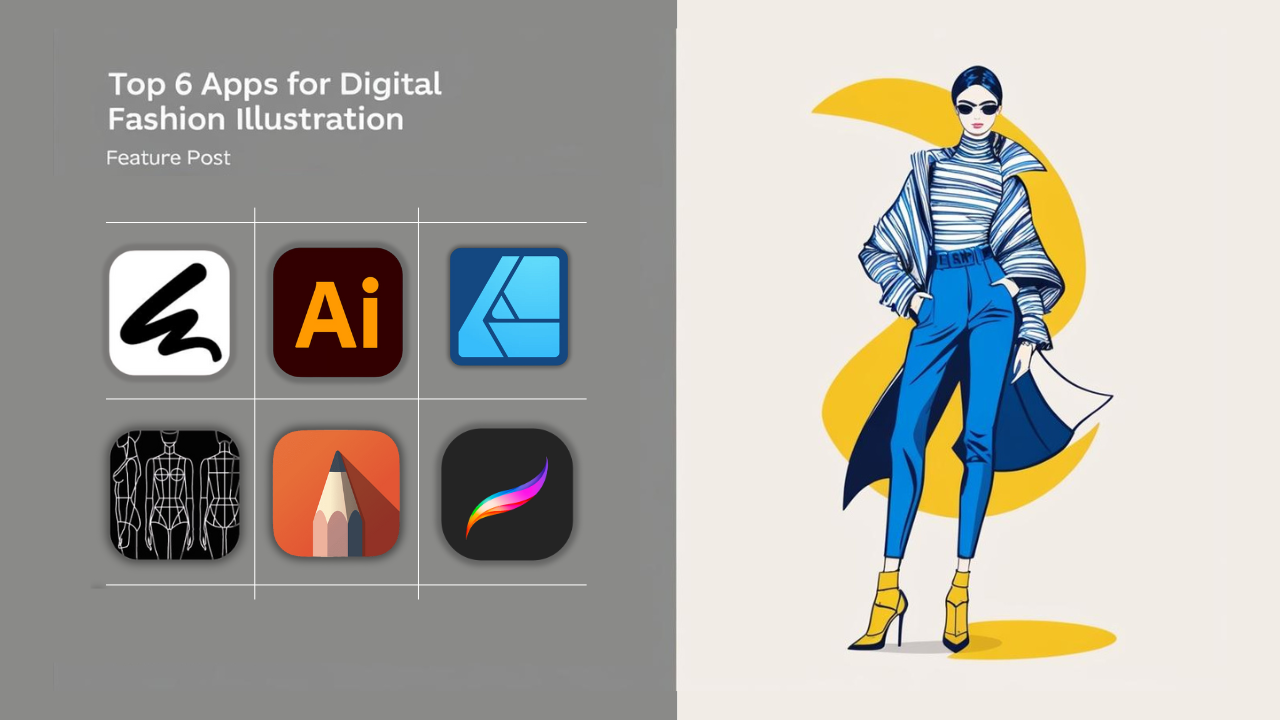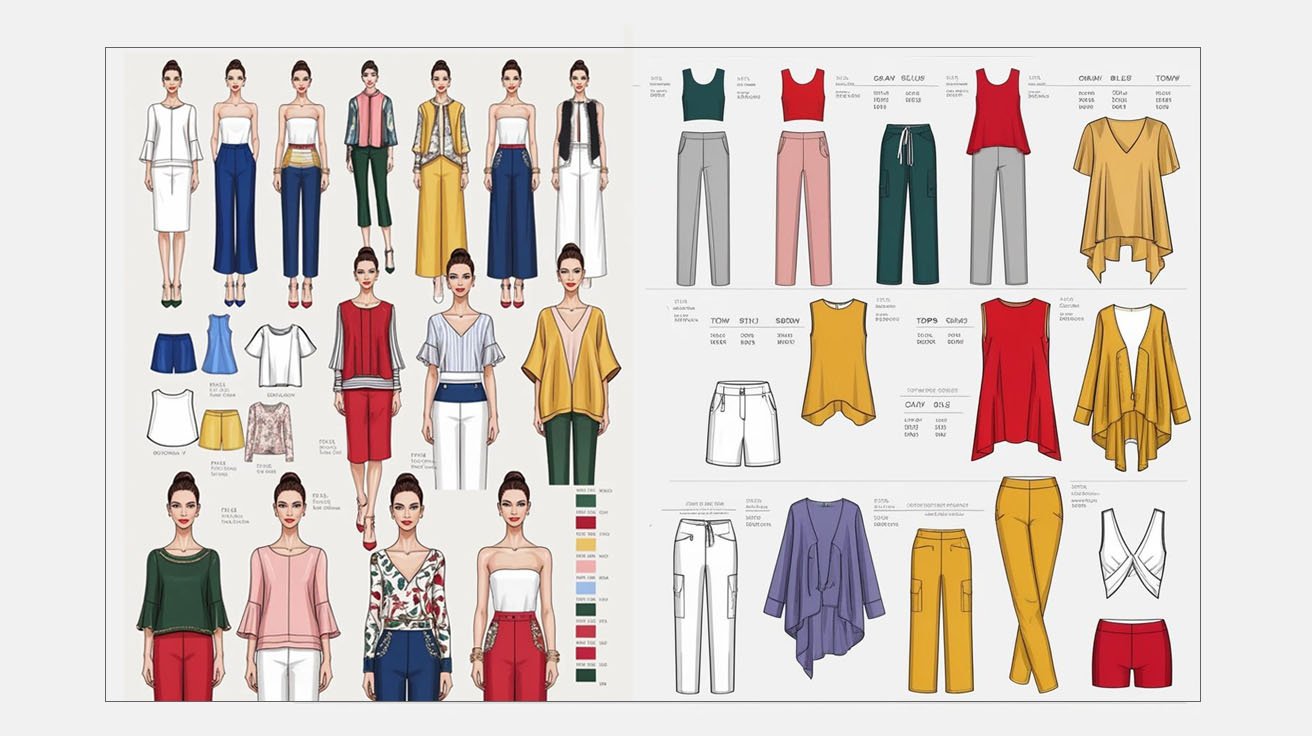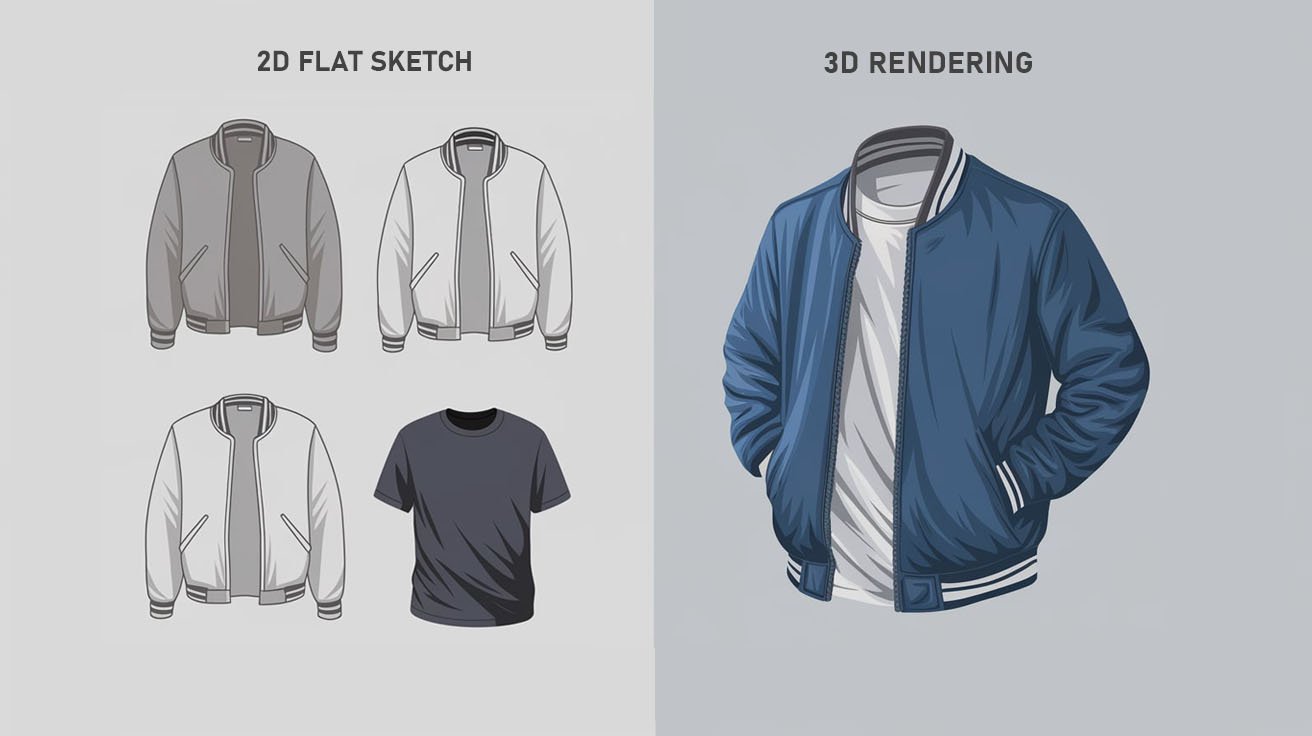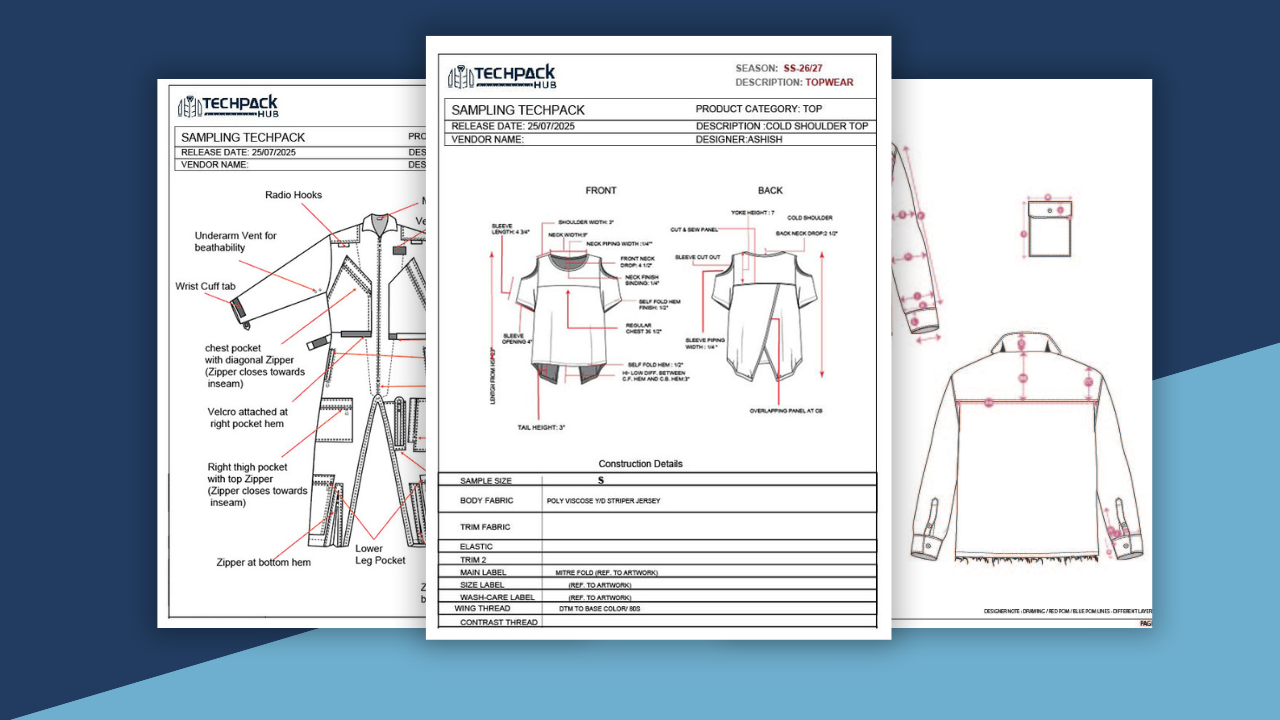How AI & Tech Are Transforming Fashion Design & Development
The fashion industry has always been at the forefront of creativity and innovation. However, in recent years, the integration of Artificial Intelligence (AI) in fashion and advanced technology has revolutionized the way fashion is designed, produced, marketed, and even consumed. From AI-driven trend forecasting to automated pattern making and virtual fitting rooms, technology is reshaping the entire fashion ecosystem. But how exactly is AI influencing fashion design and development? Let’s explore in detail. The Role of AI in Fashion Design & Development AI is no longer just a futuristic concept; it’s actively shaping the fashion industry today. By using machine learning, data analytics, and automation, AI is improving efficiency, reducing waste, and enhancing creativity in fashion design. AI-Driven Trend Forecasting & Market Analysis Fashion trends evolve rapidly, and staying ahead of consumer preferences is crucial for designers and brands. Traditionally, trend forecasting relied on intuition, runway analysis, and fashion magazines. Now, AI-powered tools can analyze vast amounts of data from social media, search trends, e-commerce platforms, and historical fashion data to predict upcoming trends with remarkable accuracy. AI algorithms analyze real-time consumer behavior, identifying trending colors, patterns, and styles. Predictive analytics help brands create collections that align with consumer demand, reducing unsold inventory. Platforms like Heuritech and Trendalytics use AI to track fashion movements and suggest future designs based on data. This means that designers no longer have to rely solely on instinct; instead, they can make data-driven decisions that improve sales and reduce waste. AI-Assisted Design & Creativity While creativity is often seen as a purely human trait, AI is now playing a role in the design process itself. AI-powered design tools can generate unique patterns, suggest fabric combinations, and even create entire collections based on input data. Generative Design: AI tools like Google’s DeepDream or IBM Watson can create fresh, innovative designs based on millions of existing fashion images. Automated Sketching: AI programs can convert verbal descriptions into detailed fashion sketches, helping designers visualize ideas instantly. Customization & Personalization: AI enables brands to offer personalized designs based on consumer preferences, making mass customization possible. Brands like Zara and H&M use AI-powered design software to speed up the process of translating consumer demand into tangible products. 3D Modeling & Virtual Sampling One of the biggest challenges in fashion development is sampling, which is both time-consuming and costly. AI and 3D modeling technologies are changing this by allowing designers to create virtual prototypes instead of physical ones. Digital Sampling: Instead of producing multiple physical samples, brands use AI-driven 3D design software like CLO 3D and Browzwear to create digital samples that look just like real garments. Sustainability Benefits: By reducing the need for physical sampling, brands cut down on waste, making the design process more sustainable. Faster Production Cycles: AI-enabled 3D modeling accelerates the design-to-production timeline, reducing the need for multiple iterations. This means that designers can experiment freely, test different fabrics and patterns virtually, and bring designs to market faster. AI in Smart Textiles & Wearable Technology Smart textiles and wearable technology are becoming a reality thanks to AI and IoT (Internet of Things). These innovative textiles can interact with the environment and respond to user needs in real time. Self-Healing Fabrics: AI-powered materials that can repair minor damages themselves. Temperature-Regulating Clothes: Smart fabrics that adjust insulation based on body temperature and external conditions. Health Monitoring Wearables: AI-driven garments that track vital signs, posture, and movement, helping athletes and medical patients monitor their health. Brands like Nike and Under Armour have already incorporated AI-powered textiles into their activewear, enhancing performance and comfort. Automated Pattern Making & AI-Driven Manufacturing The traditional pattern-making process requires skilled labor and can be highly time-intensive. AI is streamlining this process by automating pattern generation and ensuring precision. AI-Powered Pattern Making: Software like Gerber AccuMark and Optitex uses AI to generate accurate patterns, reducing fabric waste. Automated Cutting Machines: AI-driven machines cut fabric with extreme precision, improving efficiency and reducing human errors. AI in Sustainable Manufacturing: AI helps optimize fabric usage, leading to less textile waste and promoting eco-friendly production practices. AI-driven manufacturing is helping brands reduce costs, increase production speed, and improve overall quality. Virtual Try-Ons & AI-Powered Shopping Experiences One of the most exciting advancements in AI and fashion is virtual try-ons and AI-driven shopping experiences. These innovations are making online shopping more interactive and reducing the need for physical stores. Augmented Reality (AR) Fitting Rooms: Brands like Gucci and Adidas use AR technology to allow customers to see how clothes look on them virtually before making a purchase. AI-Powered Personal Styling: AI assistants like Amazon’s StyleSnap and AI chatbots offer personalized outfit recommendations based on user preferences. Virtual Avatars: AI creates digital models based on customers’ body measurements, helping them find the perfect fit online. By integrating AI in online shopping, brands are reducing return rates and improving customer satisfaction. AI in Sustainability & Ethical Fashion Sustainability is one of the biggest concerns in fashion today, and AI is playing a crucial role in making the industry more eco-friendly. AI for Waste Reduction: AI predicts demand more accurately, helping brands manufacture only what’s needed, reducing overproduction. AI in Recycling: AI-powered sorting systems identify fabric types and automate textile recycling, making fashion more circular. Ethical Sourcing: AI monitors supply chains, ensuring materials are ethically sourced and reducing the risk of sweatshop labor. Brands like Stella McCartney and Patagonia are leveraging AI to improve sustainability, making fashion more responsible. Final Thoughts: The Future of AI in Fashion The integration of AI and technology in fashion design and development is not just a passing trend—it’s the future of the industry. From AI-powered trend forecasting to virtual sampling and smart textiles, technology is revolutionizing every aspect of fashion. For designers, embracing AI means faster workflows, better efficiency, and enhanced creativity. For consumers, it means personalized shopping experiences, better-fitting garments, and sustainable choices. And for brands, AI offers reduced costs, improved supply chain management, and higher profitability. As AI continues to evolve, we can expect


